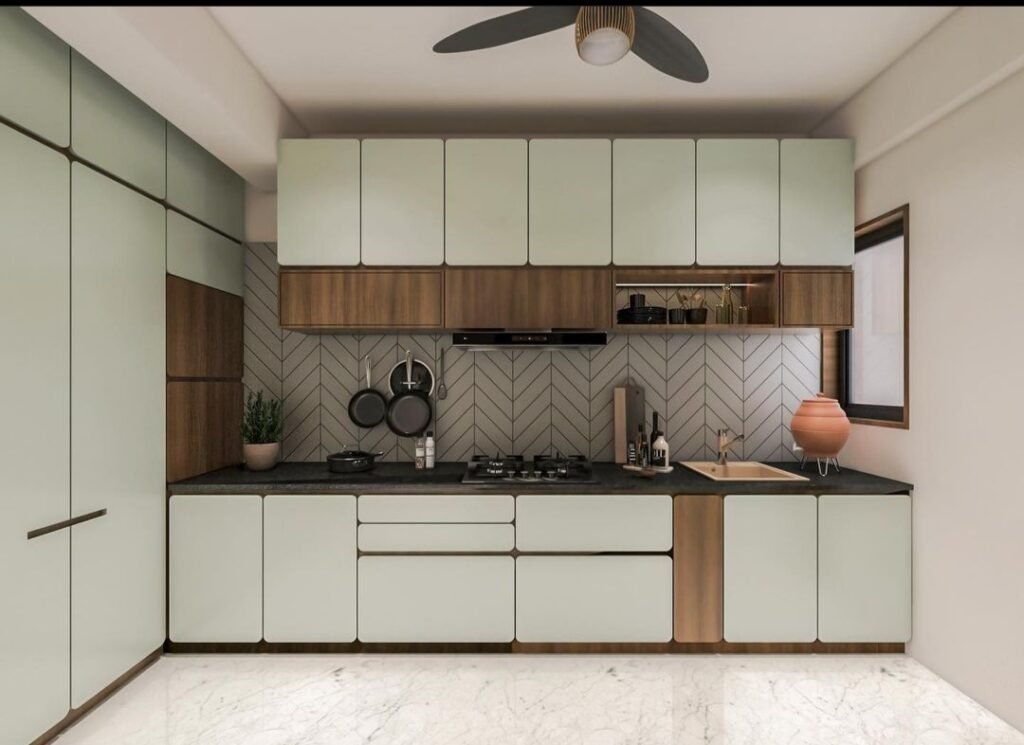INTERIOR DESIGNING
Interior Designing Services at Snaptech Interior
Transforming Spaces, Elevating Lives
At Snaptech Interior, we specialize in creating breathtaking interiors that blend style,
functionality, and comfort. Our team of expert designers brings innovative ideas and
unparalleled attention to detail, making us the preferred choice for premium interior design
services.

1. Core Aspects of Interior Design
A. Space Planning
- Definition: Organizing and arranging furniture and fixtures to optimize space usage.
- Goals:
- Maximize functionality.
- Ensure smooth traffic flow.
- Balance proportions and layouts.
- Techniques:
- Zoning spaces for different functions (e.g., living, dining, working).
- Utilizing tools like CAD (Computer-Aided Design) software for accurate planning.
B. Aesthetic Harmony
- Elements:
- Color: Influences mood, creates contrast, and sets the tone.
- Textures: Adds depth and tactile appeal (e.g., smooth glass, rough wood).
- Patterns: Brings visual interest and rhythm.
- Materials: Wood, metal, fabric, glass, and stone, each contributing unique character.
C. Lighting Design
- Purpose: Enhances functionality, mood, and aesthetics.
- Types:
- Ambient: General lighting for overall illumination.
- Task: Focused lighting for specific activities like reading or cooking.
- Accent: Highlights features such as artwork or architectural details.
- Importance: Proper lighting transforms the ambiance of a space, influencing emotions and usability.
D. Furniture and Decor
- Functionality: Pieces must be practical for the intended use.
- Style: Align furniture with the overall design theme (modern, traditional, minimalist, etc.).
- Arrangement: Ensure balance and proportion in layout to avoid clutter or underutilization.
E. Sustainability
- Eco-Friendly Materials: Use of recycled or sustainably sourced materials.
- Energy Efficiency: Incorporating LED lighting, natural ventilation, and insulation.
- Waste Reduction: Repurposing old furniture or decor.
2. Interior Design Styles

A. Modern
- Characteristics: Minimalist approach, clean lines, neutral colors, and functional furniture.
- Materials: Glass, metal, and polished wood.
B. Contemporary
- Characteristics: Dynamic and fluid, often incorporating current trends.
- Features: Mix of textures, bold shapes, and open spaces.
C. Industrial
- Characteristics: Exposed brick, pipes, and beams; raw and unfinished aesthetic.
- Palette: Neutral tones like grey, black, and brown.
D. Traditional
- Characteristics: Ornate details, classic furniture, and rich colors.
- Inspiration: Historical eras such as Victorian or Georgian.
E. Minimalist
- Characteristics: Focus on simplicity, clean forms, and functional design.
- Palette: Neutral tones with occasional accent colors.
F. Scandinavian
- Characteristics: Cozy and functional with a focus on natural light and materials.
- Palette: Whites, greys, and natural wood tones.
G. Bohemian (Boho)
- Characteristics: Eclectic and relaxed with vibrant colors, patterns, and textures.
- Features: Layered rugs, cushions, and decor elements.
3. Principles of Interior Design

A. Balance
- Distribute visual weight evenly across a room using symmetrical, asymmetrical, or radial arrangements.
B. Rhythm
- Create movement through patterns, colors, or recurring elements.
C. Harmony
- Ensure all elements in the room work cohesively.
D. Proportion and Scale
- Maintain a proper ratio between furniture and the space.
E. Focal Point
- Establish a standout feature like a fireplace, artwork, or large window.
F. Contrast
- Use color, shapes, or textures to add visual interest.
G. Functionality
- Design spaces that serve their intended purpose without compromising aesthetics.
4. Interior Design Process

Step 1: Initial Consultation
- Discuss client needs, budget, style preferences, and the purpose of the space.
Step 2: Concept Development
- Create mood boards, sketches, and digital renderings.
- Present materials, colors, and furniture ideas for approval.
Step 3: Design Planning
- Finalize layouts, lighting plans, and furniture selections.
- Ensure designs meet structural and functional requirements.
Step 4: Execution
- Oversee installations, including carpentry, painting, and decor placement.
- Collaborate with contractors and suppliers.
Step 5: Final Touches
- Add finishing elements like accessories, plants, and artwork.
- Conduct a walkthrough to ensure client satisfaction.
5. Benefits of Interior Design

A. Enhances Functionality
- Designs spaces that work efficiently for their intended purpose.
B. Improves Aesthetics
- Creates visually pleasing environments that reflect personal or brand identity.
C. Increases Property Value
- Well-designed spaces attract buyers and tenants.
D. Promotes Well-Being
- Improves mental health through thoughtful design that incorporates natural light, ergonomic furniture, and soothing colors.
6. Role of Interior Designers

Interior designers are skilled professionals trained to:
- Interpret client needs and translate them into design solutions.
- Create layouts, select materials, and coordinate with contractors.
- Stay updated on trends, building codes, and sustainable practices.
7. Tools and Technology in Interior Design

- CAD Software: AutoCAD, SketchUp for precise layouts and 3D modeling.
- Rendering Tools: V-Ray, Lumion for photorealistic visualizations.
- Virtual Reality (VR): Immersive previews of designs.
- Smart Home Integration: Incorporating IoT devices like smart lighting and automated blinds.


